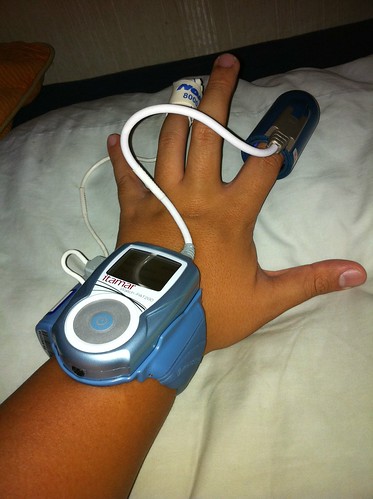Large companies could save a serious chunk of change by screening employees for obstructive sleep apnea, or OSA, suggested a recent study by American doctors Clelia Lima and Elizabeth M. Rash. The pair found one American company could save $136 million over 10 years by both screening high-risk employees for OSA and providing treatment.
OSA is a sleep-related breathing disorder that involves a decrease or even complete halt in airflow. This occurs as muscles relax during sleep – soft tissue in the back of a person’s throat collapses and blocks the flow of air. Partial blockages are called “hypopneas,” complete pauses in breathing “apneas” (hence “sleep apnea”). OSA reduces the amount of oxygen in a person’s blood and the supply of blood to the brain. Symptoms include loud, constant snoring and excessive daytime sleepiness. An estimated 80-90% of adults with OSA go undiagnosed.
Left untreated, the study warned, OSA leads to poor job performance as a result of tiredness, irritability and reduced vitality. Doctors Lima and Rash concluded the financial cost of sleep apnea could be as much as 30% of the average employee’s productivity.
Said Lima, “this cost-benefit analysis proposed OSA screening and treatment for high-level management professionals who had high salaries. It was a pleasant surprise to find that the results showed substantial financial benefit for employees at practically any salary level.”
The two doctors calculated the savings from OSA screening by applying statistical estimates to a company’s employee population. They calculated 319 employees would both have OSA and accept ongoing treatment. Assuming an average productivity of $150,000 per year, Rash and Lima determined the company would recover $14.4 million a year in lost productivity, at a cost of $7.2 million spread over 10 years. This translated to a net savings of $136 million at the end of that 10-year period.
Lima concluded
companies may become proactive in screening and treating their employees for OSA due to the predicted financial benefit. The importance goes beyond the improved cognitive function and savings of millions of dollars in work performance, since treating OSA adds other health benefits.
Multinational corporations sending employees abroad might also gain from screening for OSA, depending on whether those employees have a high risk of developing OSA (middle-aged, overweight men are most likely to suffer from sleep apnea). It all boils down to the classic dilemma: cut up front costs or roll the dice on long-term savings?

